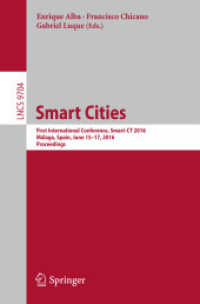Full Description
Paradoxically, doing corpus linguistics is both easier and harder than it has ever been before. On the one hand, it is easier because we have access to more existing corpora, more corpus analysis software tools, and more statistical methods than ever before. On the other hand, reliance on these existing corpora and corpus linguistic methods can potentially create layers of distance between the researcher and the language in a corpus, making it a challenge to do linguistics with a corpus. The goal of this Element is to explore ways for us to improve how we approach linguistic research questions with quantitative corpus data. We introduce and illustrate the major steps in the research process, including how to: select and evaluate corpora, establish linguistically-motivated research questions, observational units and variables, select linguistically interpretable variables, understand and evaluate existing corpus software tools, adopt minimally sufficient statistical methods, and qualitatively interpret quantitative findings.
Contents
1. Introduction; 2. Getting to know your corpus; 3. Research designs: linguistically meaningful research questions, observational units, variables, and dispersion; 4. Linguistically interpretable variables; 5. Software tools and linguistic interpretability; 6. The role of statistical analysis in linguistic descriptions; 7. Interpreting quantitative results; 8. Wrapping up.







